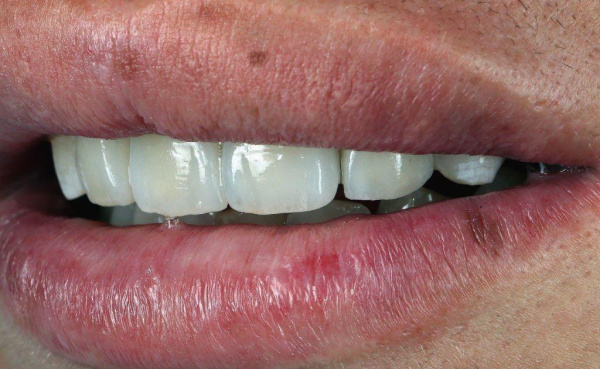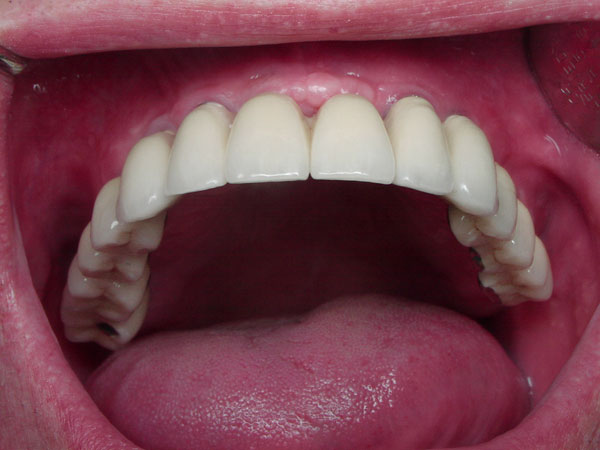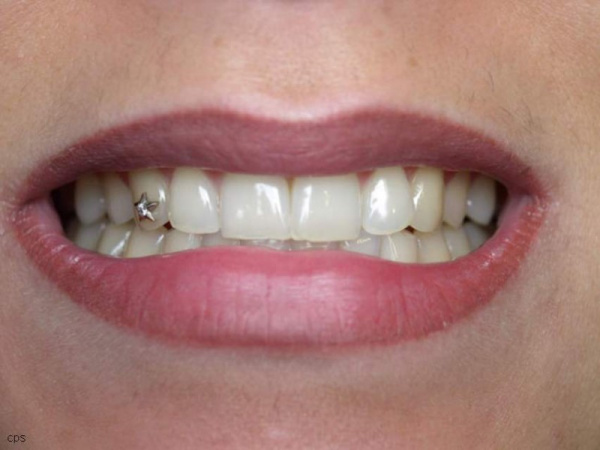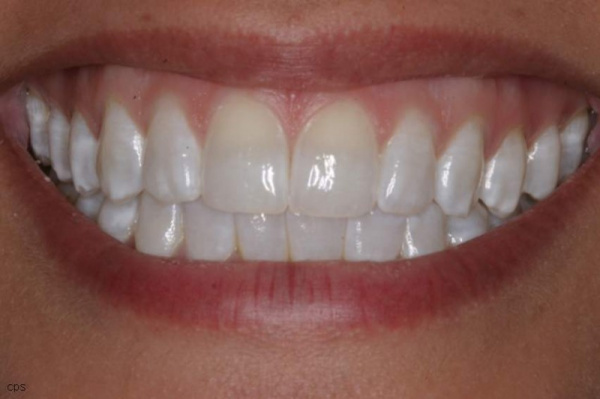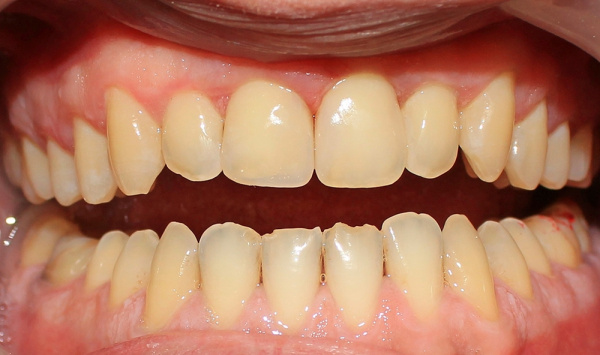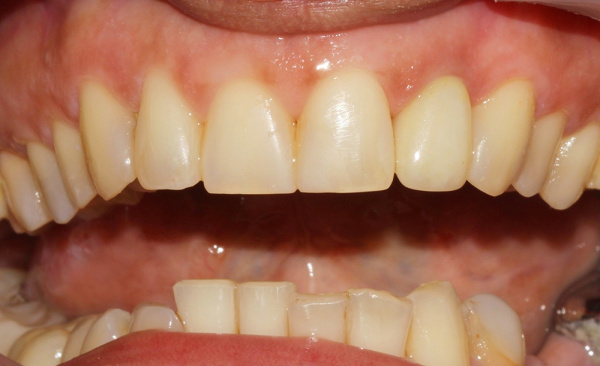Patients with removable prostheses may face the problem of weak fixation. This is facilitated by the natural process of atrophy of the bone tissue of the upper and lower alveolar ridges. Simply put, that area of the gum (more precisely, the bone under the gum), to which the prosthesis is attached, flattens over the years. If the prosthesis is not corrected in time, a gap will appear between the removable prosthesis and the gum. This leads to the disappearance of suction, and the mobility of the prosthesis appears. Food gets into the gap, in another 2-3 hours, food residues begin to decompose and irritate the oral mucosa. As a consequence, the gums begin to swell and rub.
The process of atrophy of the jawbone occurs unevenly because, in some places, the gap is larger, in others, it is smaller. Accordingly, in the protruding areas of the removable tooth, the prosthesis begins to press and rub the already inflamed gums. This is happening because the mucous membrane here is thinner, and the area of the prosthesis is much smaller than the prosthesis of the upper jaw.
A patient, a woman, applied to the dental clinic with the problem of fixing a removable denture on the lower jaw. After examining the oral cavity and discussing the ways for solving the problem, the patient chose to install two dental implants for improving the fixation of the removable prosthesis.
Before-and-after photos.
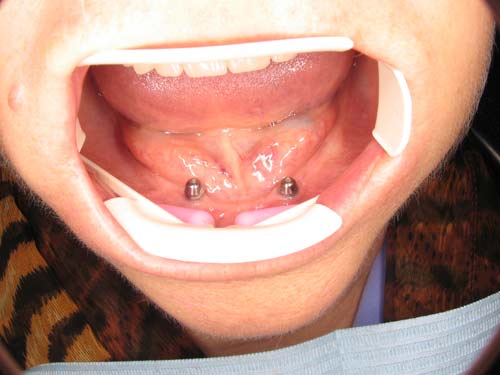
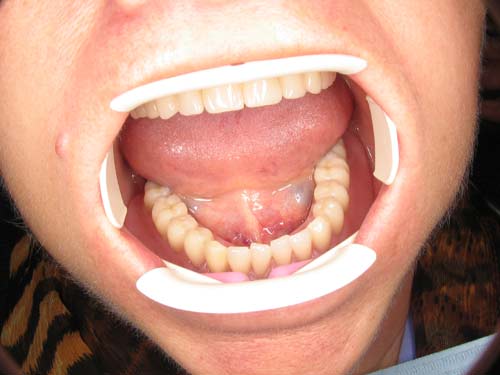
The patient was very happy with the results.

